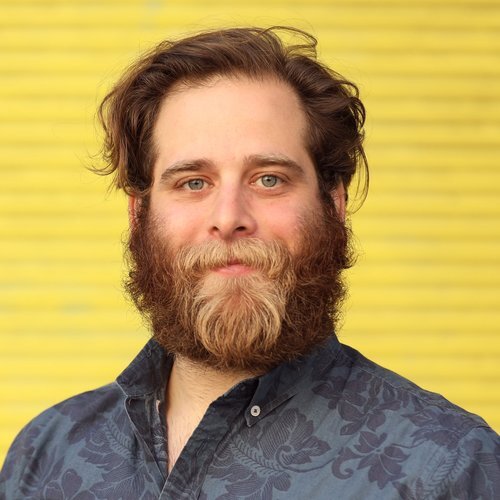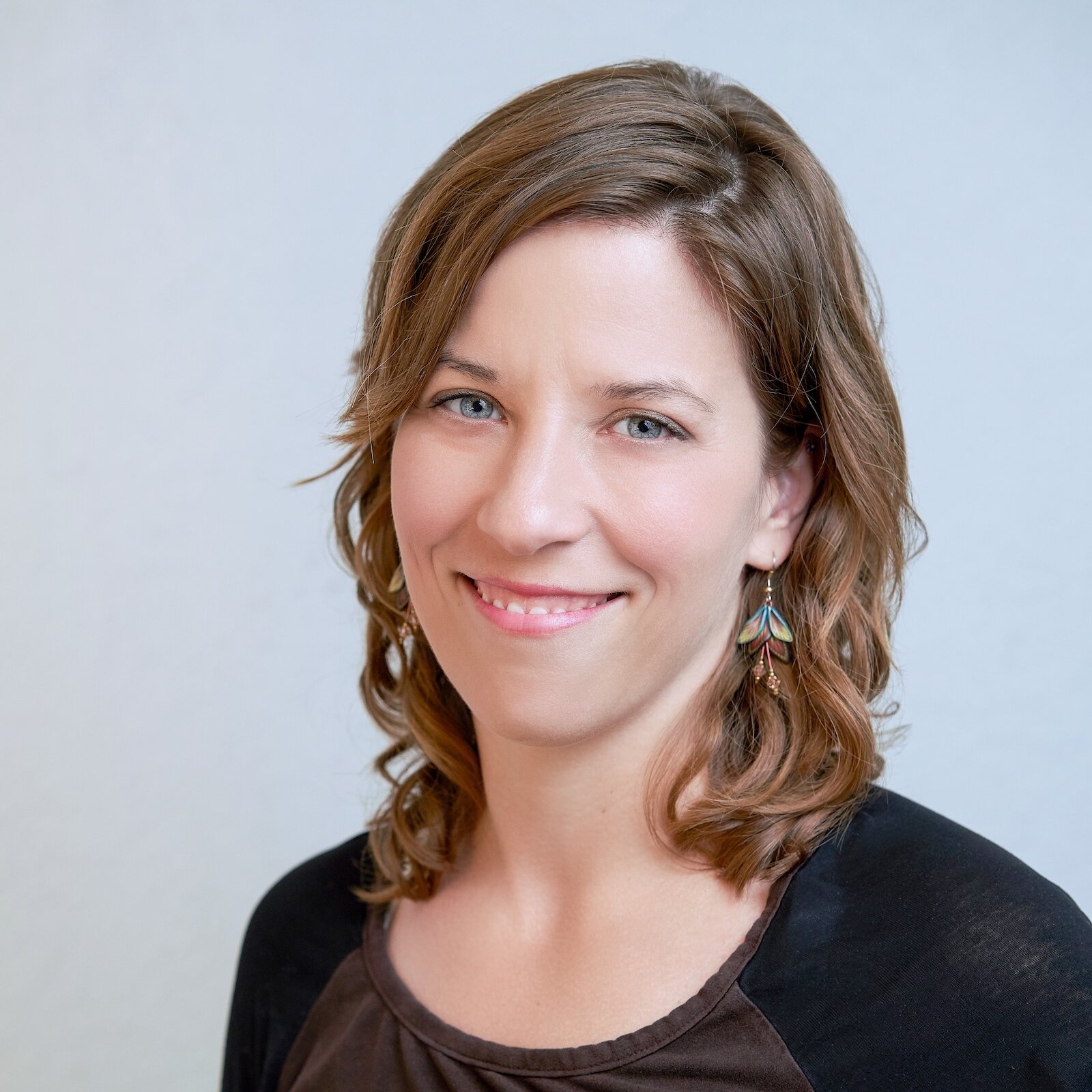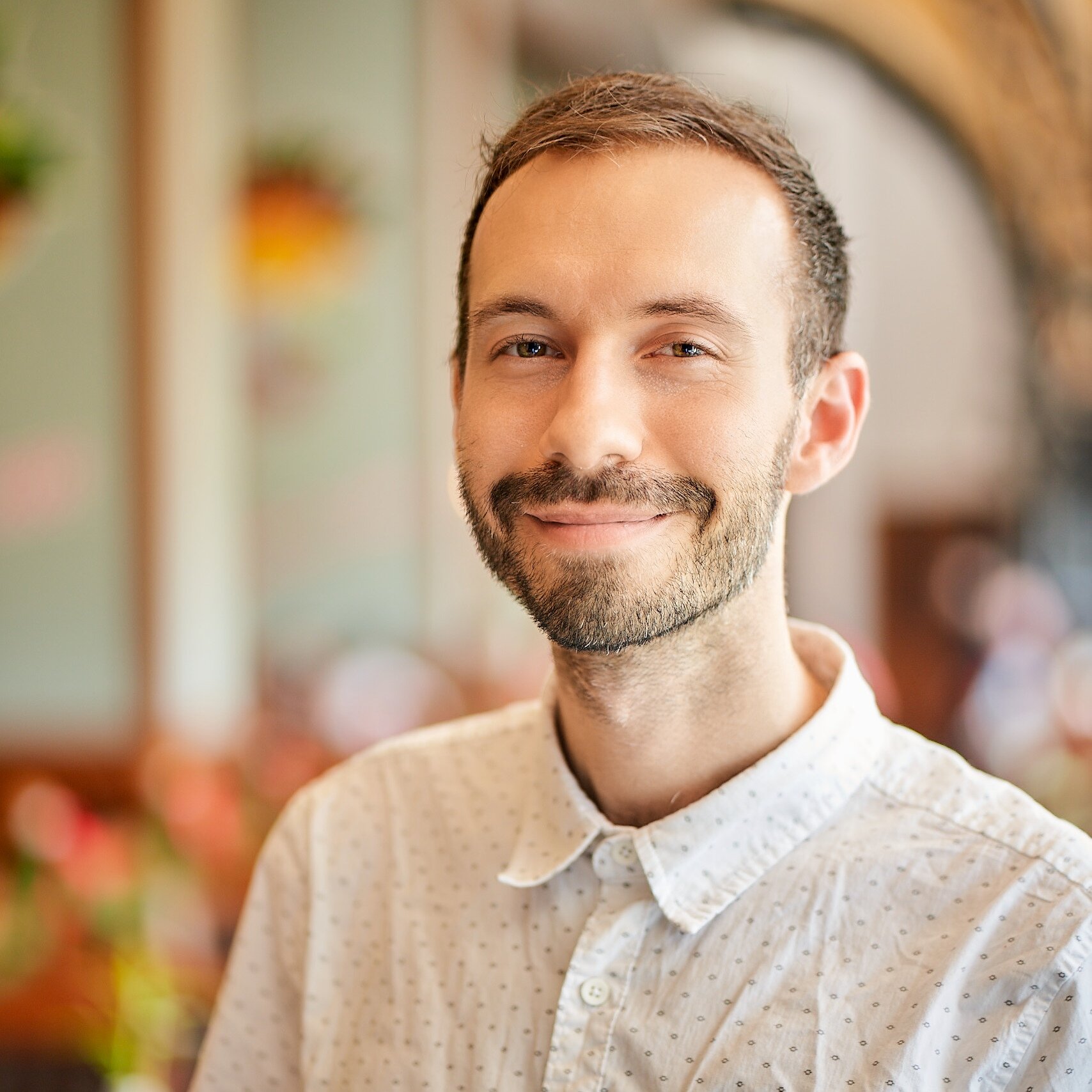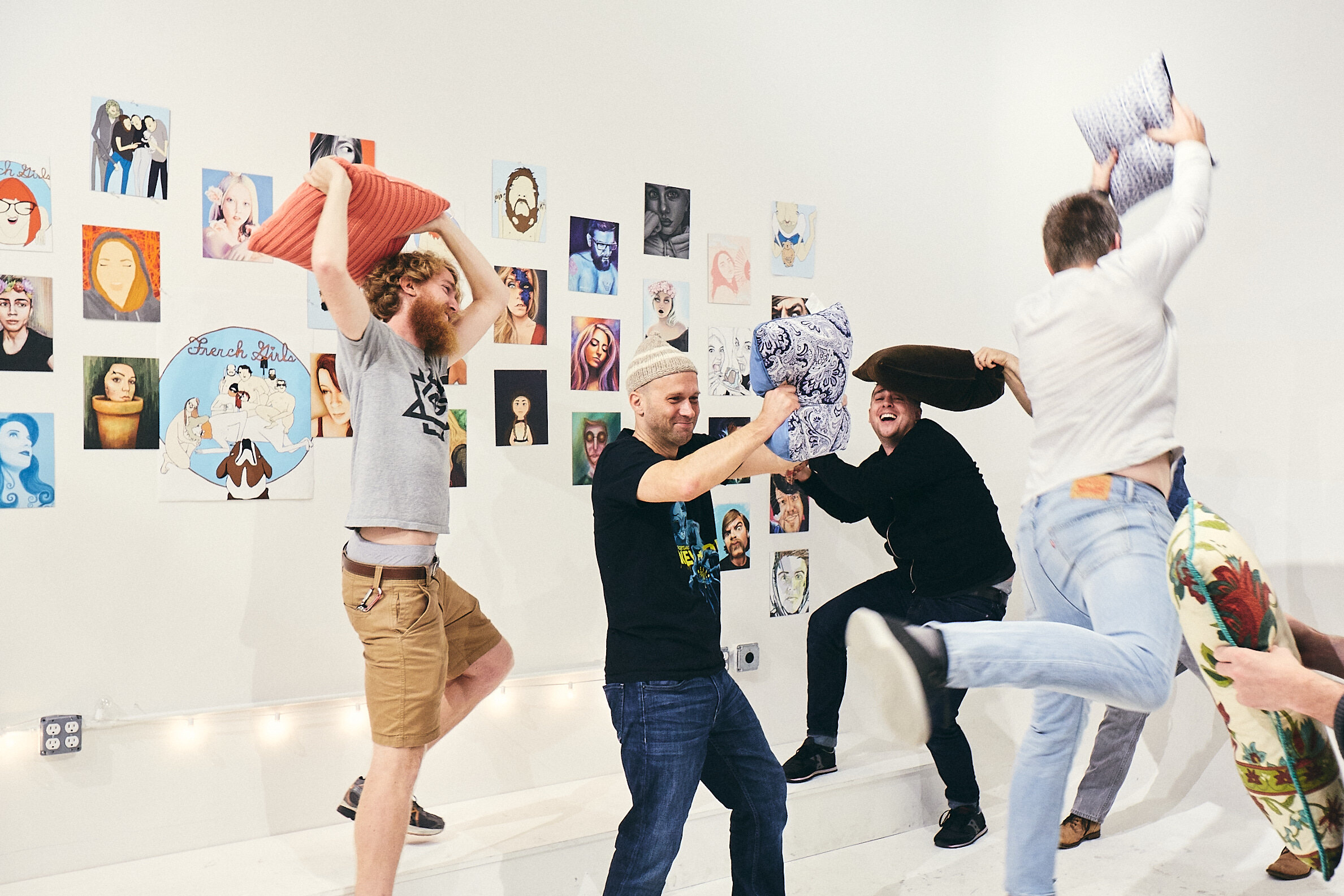Early-stage startups, here’s your MVP (Minimum Viable Photo shoot)
Last fall, I worked with a designer to help design a pitch deck for a startup going up for its Series A fundraising round. The first question the designer asked the founder was: Do you have professional headshots of your leadership team for the deck?
You know your startup needs to look legit for your customers and investors. It’s 2019, after all. A website with a decent design with a great mix of photos, videos and other content is just a must-have.
Stock photos from UnSplash and other sites are great for many reasons, but they're not enough to convey what makes you and your team unique. Your customers want to connect with your humans, your values, and your unique company culture.
But you’re a small early-stage startup trying to achieve product-market fit. You have 20,000 things on your plate, you don’t want to spend a ton of time and resources on something overly elaborate, you need the MVP for everything.
So here's my MVP (Minimum Viable Photo shoot) for early-stage startups.
1] Headshots of all of your team members
For a small startup with less than 10 team members, I recommend having professional headshots of ALL of your team members. Why? Why not just have the co-founders do headshots and be done with it? A few reasons.
Headshots can be done indoors or outdoors, and we can make them more casual or formal to reflect your company culture.
It’s a great team-building exercise. Regardless of who the founders are, a startup is a team effort, with everyone pitching in at 150%. It helps to cement that idea by not placing some people above others. Get pictures of all of your team members and show that everyone matters in your company.
It makes you look bigger and more established. The human brain is a funny thing. We make decisions and draw inferences based on snap judgements, and then justify them logically. What do you think makes a better impression: having ten headshots on your About page or just two?
It builds your brand. Your team members will update their shots on their LinkedIn and other profiles and use them at industry events or meetups. Every time someone connects with them, they get a slightly better impression of the company. Think about it, would you rather have your developer with a grainy drunken bar photo on their LinkedIn (it happens more than we’d like, unfortunately)?
2] Group shots of your team
In addition to headshots, you need 2-3 group shots of your team. I recommend at least one photo that’s a bit more posed and formal, and a couple that are more casual, fun and informal. Typically for the formal photo, I ask the team members to wear what they would for their headshots - a notch or two more professional than what they’d normally wear at work.
If the company has t-shirts available, I always love doing one in those. Otherwise, I recommend getting a group shot just wearing everyday outfits and in a more casual setting.
3] Office lifestyle photos
These are photos that convey the culture of your team and your company. They can be photos of your team members working together, eating lunch or playing games. They can even include all of your office decor and the things people put on their desks.
I recommend 15-20 lifestyle photos of your team members in a variety of settings.
This startup has a badass engineering team wrapped in quirky, goofy culture, and they wanted to reflect both of those in their lifestyle images. So after the group shot, I noticed a bunch of pillows on a couch in the corner, and suggested a pillow fight. They loved it!
Where would you want to use these photos? Here are a few ideas:
Hiring page: Your future employees want to know who they’re working for and what they’re walking into. Nowadays, talented people don’t just see a job as a way to make money; they want to work for a place whose mission aligns with their own, and which has an awesome culture to be part of. What better way to convey this than photos of your actual team?
Branding: Companies often use generic stock images in their branding and marketing. While that does have its place, it can be extremely effective to tell the story of your brand through your people. Ultimately, your customers want to know that your product or service is made by people who genuinely care about them. Images are an effective way to humanize your brand.
That’s it! These are all of the photos you need to look professional enough until you raise your Series A. For a startup with less than 10 people, this whole process takes no more than two hours, with minimal preparation and maximum efficiency.








